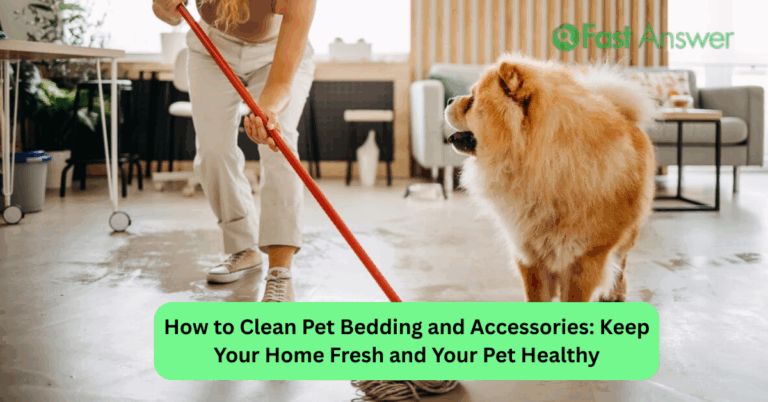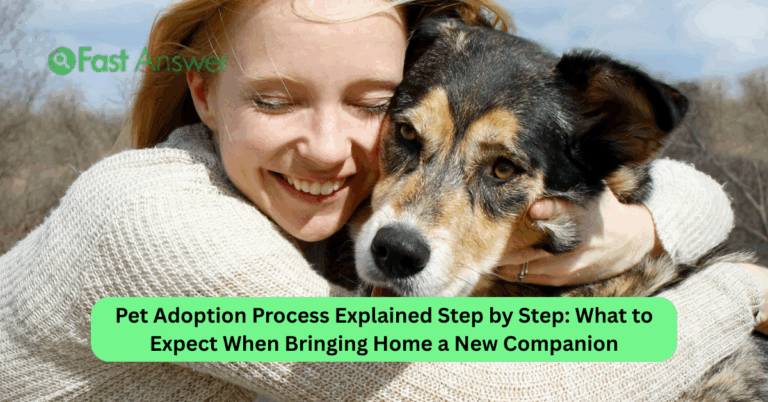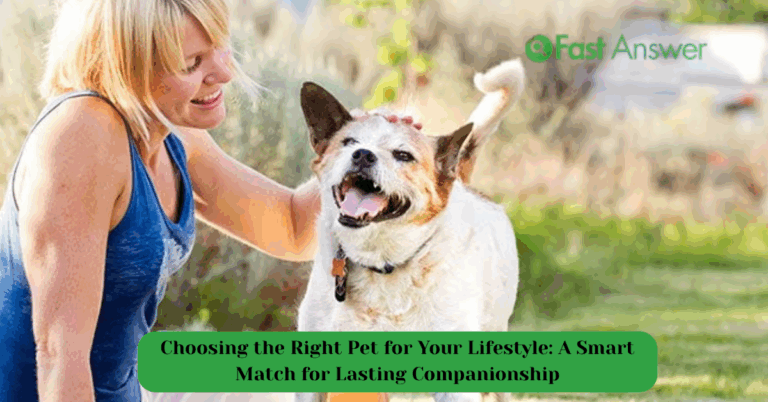How to Build a Pet-Friendly Backyard: A Safe Outdoor Haven for Your Furry Friend
Your backyard has the potential to be more than just a patch of green it can become a secure, stimulating paradise for your pet. Whether you’re a dog owner looking to create a play zone or a cat parent aiming to offer outdoor freedom safely, building a pet-friendly backyard enhances your pet’s quality of life while giving you peace of mind. A well-designed space encourages exercise, reduces boredom, and supports natural behaviors like digging, climbing, or lounging. This guide shows you how to turn any outdoor area into a safe, enjoyable, and low-maintenance sanctuary that both you and your pet will love.
What Should You Prioritize First When Designing a Pet-Safe Yard?
Safety should always come first. Start by checking fences or barriers to ensure your pet can’t escape or worse, get injured. Dogs may dig under or jump over, so secure foundations and adequate height matter. For cats, consider “catios” or enclosed patios that offer controlled freedom. Avoid using toxic landscaping materials, sharp edges, or any chemicals like pesticides or fertilizers that may harm animals. Simple decisions like installing a shaded area or covering open water features go a long way in preventing accidents and keeping your pet healthy outdoors.
Can Landscaping Be Both Beautiful and Pet-Friendly?
Absolutely. You don’t need to sacrifice style for safety. Opt for durable, pet-safe plants such as lavender, rosemary, and sunflowers while steering clear of toxic species like lilies, sago palms, or azaleas. Grass alternatives such as clover or pet turf are excellent options if you’re worried about muddy paws or bald spots. Raised beds, decorative stone borders, and pet-safe mulch allow for stunning yet functional designs. The key is finding materials that are non-toxic, soft underfoot, and easy to clean your pet will appreciate it, and so will your garden.
How Can You Create Fun, Stimulating Zones for Your Pet?
To keep your pet entertained and mentally stimulated, consider dividing your yard into different activity zones. A digging pit with sand or soil can redirect your dog’s natural instincts away from your prized flower beds. Install ramps or cat towers for climbing cats, or add a splash pool for hot days. Tunnels, shaded lounges, and interactive toys can keep pets engaged and reduce stress or boredom-related behavior. The more enriched the space, the less likely your pet will develop destructive habits think of it as outdoor enrichment with style.
What Low-Maintenance Features Should You Add for Long-Term Ease?
A pet-friendly backyard doesn’t have to mean extra work for you. Use artificial turf that’s resistant to urine burns and easy to clean, or create gravel paths that minimize mud and mess. Install automatic watering systems that serve both plants and pets, and use sturdy, weather-resistant furniture that can handle scratching, chewing, or roughhousing. Raised feeding stations or designated potty areas also help control mess and make yard cleanup a breeze. With smart planning, you can spend more time enjoying the space with your pet and less time maintaining it.
How to Balance Style, Safety, and Pet Needs in Every Square Foot
The best backyards balance your pet’s comfort with your personal taste. Integrate pet features seamlessly into your existing layout using neutral tones, natural textures, or custom fencing. Storage benches can hide toys and supplies, while pergolas or gazebos offer sun protection and add charm. Add solar lighting to boost safety and style in the evenings. Every decision, from plant selection to pathway placement, should consider how your pet will interact with the space. When aesthetics and functionality align, your backyard becomes a peaceful retreat for every member of the household.
FAQs
What are some plants I should avoid in a pet-friendly yard?
Avoid azaleas, lilies, oleander, and sago palms, as they can be toxic to both cats and dogs.
Can I still have a garden if I have a dog that digs?
Yes, just use raised garden beds or barriers to separate plant areas from play zones.
What kind of fencing works best for energetic dogs?
Solid wood or vinyl fences that are at least 6 feet tall are ideal for active breeds.
Is mulch safe for pets?
Use pet-safe mulch like cedar or pine—avoid cocoa mulch, which is toxic to dogs.
How can I keep my pet cool in the summer?
Provide shaded areas, splash zones, and cooling pads to prevent overheating outdoors.





